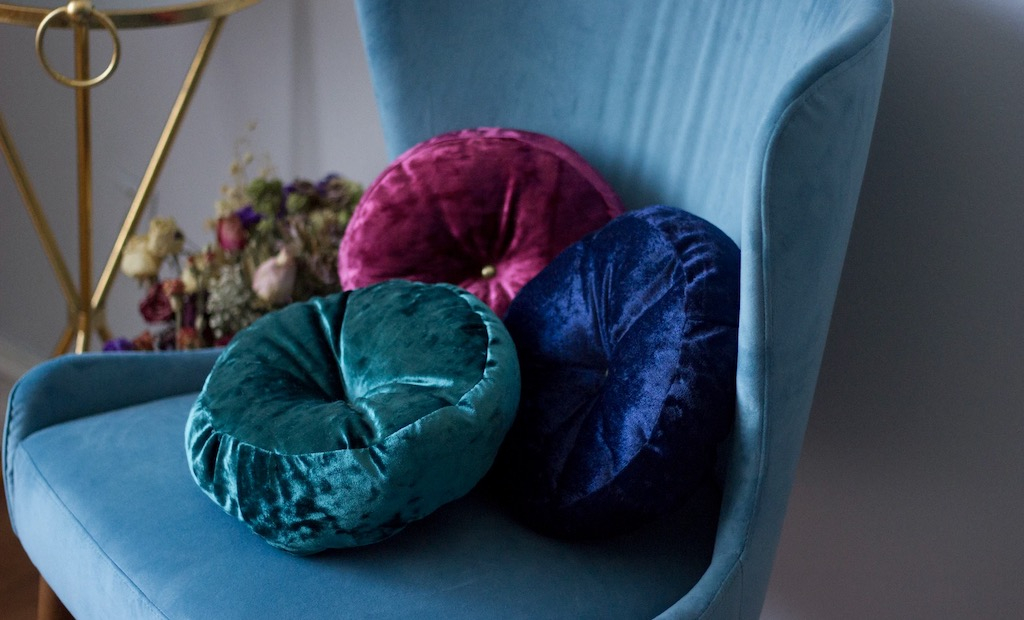Velvet: Properties, how it’s made and best uses

Out of all the different kinds of fabric, velvet has the most luxurious feel and appearance. It drapes nicely and is plush and soft to the touch. Back in the day, royal families and noble people loved using velvet for just about any article of clothing.
The process of making velvet
Making velvet involves weaving long threads between two pieces of fabric. Once complete, the threads are cut short into a pile. Essentially, you can use different types of material as the base for velvet, but the process has not changed. Pure velvet is produced using vertical yarn, while velveteen textile uses horizontal yarn. But unlike true velvet, velveteen has a mixture of cotton which reduces quality and gives it a different texture.
The highest quality velvet fabric online from Dalston Mill Fabrics uses silk. It is a natural material that lends a unique feel and shine to the resulting velvet fabric. Nowadays, the majority of velvet sold by fabric shops is made using synthetic rayon.
Velvet production today
In the past, producing velvet used to be expensive. Since it was mostly made using silk, it became popular across Asia and the Middle East. Eventually, its popularity reached Europe during the Renaissance period.
By the time mechanical looms became available, velvet had ended up being more affordable. Eventually, as synthetic fabrics that simulate the appearance and feel of silk were used to produce velvet, almost anyone can afford to buy velvet. Today, velvet is no longer considered an exotic and luxurious fabric used by royalty. Still, it remains a popular textile for making products that will benefit from its soft and fluffy properties.
Modern uses of velvet fabric
The most desirable property of velvet is its soft texture, which makes it ideal for applications that require close contact with skin. Also, since velvet still evokes the appearance of richness and luxury, it has become one of the most popular fabrics for interior decorations. Designers use it in making drapes, curtains, throw pillow covers and furniture upholstery.
When it comes to clothing, velvet is more commonly used for women’s apparel. Velvet drapes well and is perfect for making figure-hugging dresses and even lingerie. Velvet made with stiffer synthetic yarn is made into accessories like hats and gloves.
Different kinds of velvet fabric
Like most types of textiles, the majority of velvet sold today comes from China. And when it comes to variety, the following types are the most common:
Cotton velvet. Cotton is a breathable fabric, which makes it ideal for making velvet. Cotton also stretches; it’s ideal for making upholstery and clothing.
Silk velvet. The most traditional material in the making of velvet. Silk is lush, soft and cool to the touch.
Rayon and nylon mix. Rayon and nylon are synthetic and more affordable than cotton or silk. They are also lightweight and maintain most of the desirable qualities of velvet.
In addition to the material used, velvet is also categorised according to texture. There is cut velvet where patterns are weaved into the fabric and crushed velvet with a unique crinkled appearance.
The editorial unit
























Facebook
Twitter
Instagram
YouTube
RSS